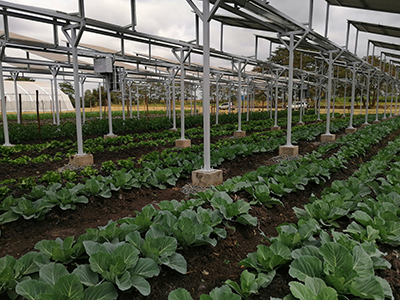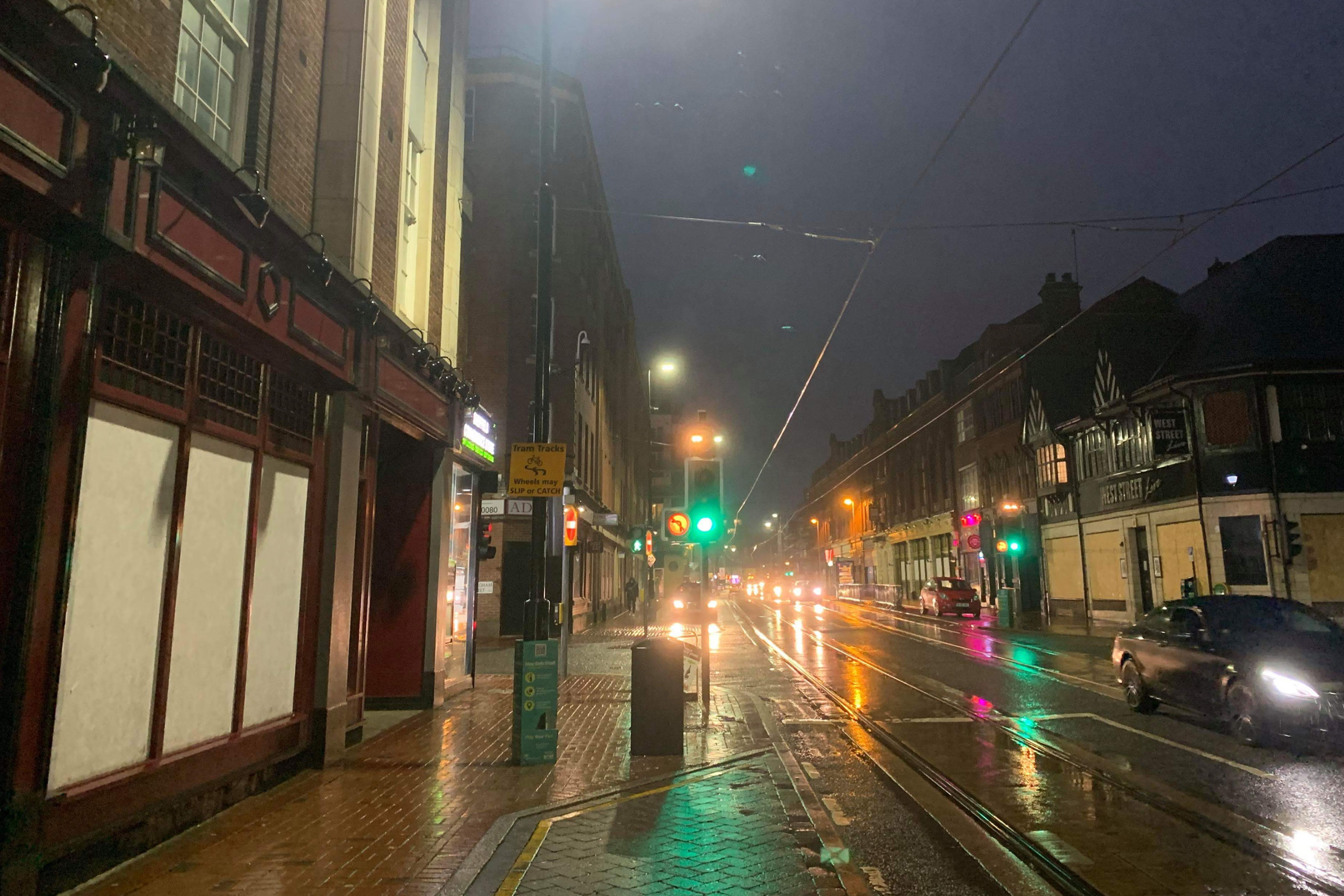A successful trial, dubbed as ‘harvesting the sun twice’, found growing crops beneath solar panels resulted in larger plants and reduced water.
The concept, known as agrivoltaics, enabled a farm in Kenya to grow cabbages 21% larger than usual.
A researcher on the project from the University of Sheffield, Dr Richard Randle-Boggis, 33, said the long and short-term benefits of the new solution to crop growth were innumerable.
He said one of the key pros was the system provided low carbon electricity.
Dr Randle-Boggis continued: “Another long term benefit is potential for climate change and resilience because the solar panels reduce daytime air temperatures and UV damage and water loss.
“As the climate is changing and rainfall becomes more unpredictable and temperature is increasing, then solar panels could help abate those more extreme conditions then in an open field system.”
He said the project has been met with exceptionally good reviews across the board.
However, it was not always received in such a way.
When Dr Randle-Boggis first presented the project to farms in East Africa he was met with questions as to how it would be beneficial for them.

Photo of the farmers with Dr. Richard in Kenya. Photo credit: Chloride Exide ltd.
“I remember speaking with a solar developer in Uganda about agrivoltaics and he said why are you talking to me about tomatoes, yet he was an energy developer,” he said.
“Thankfully one of his colleagues realised the importance of what was being done and saw that the water saving was a goal of the government. It is important to think of the holistic solutions and outside of the box.”
The turning point was when a training farm south of Nairobi accepted they wanted agrivoltaics to be on their site.
The site was up and running in May 2021.
Since then, they have had interest globally in countries that are in South America, Southern Europe and the Caribbean.
Data is currently being collected to see how the agrovoltaics system will benefit multiple terrains.




